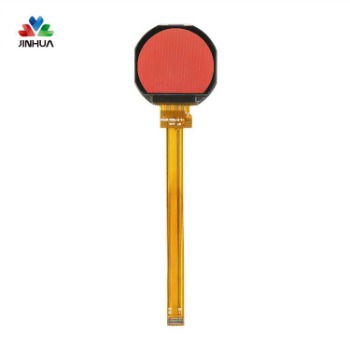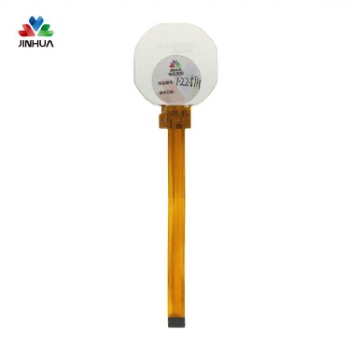How TFT LCD works
Jan 14, 2025
Compared with ordinary LCD displays, TFT LCDs can provide very clear images/text and have shorter response times. TFT LCD displays are increasingly used, bringing better visual effects to products.
Structure of TFT LCD
TFT is the abbreviation for "Thin Film Transistor". The transistors of color TFT liquid crystal displays are composed of amorphous silicon films deposited on glass. It acts as a control valve to provide the appropriate voltage to the liquid crystal for each sub-pixel. This is why TFT LCD is also called active-matrix display.
TFT LCD displays have a liquid crystal layer between a glass substrate formed by TFTs and transparent pixel electrodes and another glass substrate with a color filter (RGB) and a transparent counter electrode. Each pixel in the active matrix is paired with a transistor that includes a capacitor, which gives each subpixel the ability to retain its charge rather than sending it out every time it needs to be replaced. This means that TFT LCD responds faster.
TFT LCD driving principle
To understand the working principle of TFT LCD, we must first grasp the concept of field effect transistor (FET). A FET is a transistor that uses an electric field to control the flow of electric current. It is a component with three terminals: source, gate and drain. FETs control the flow of current by applying a voltage to the gate, thereby changing the conductivity between the drain and source.
Using FETs, we can build a circuit as follows. The data bus sends a signal to the FET source, and when SEL SIGNAL applies voltage to the gate, a driving voltage is generated on the TFT liquid crystal panel. A subpixel is lit. A TFT LCD display contains thousands or millions of such drive circuits.






 English
English Deutsch
Deutsch русский
русский español
español العربية
العربية



 IPv6 network supported
IPv6 network supported
